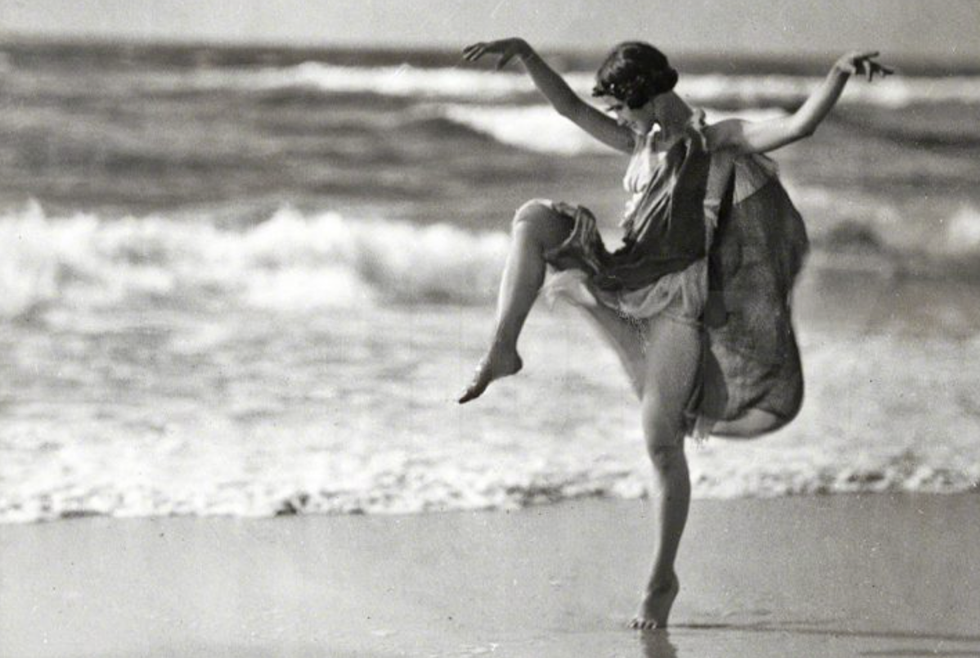Isadora Duncan was born in San Francisco in 1819. As a teenager, she dropped out of school, finding it too constricting. She made money teaching dance to other children in the neighborhood. When she taught, she sought to create a new form of dance that was an alternative to the rigid elements of ballet. Inspired by ancient Greek art, her performances consisted of loose hair, white tunics, and bare feet. She emphasized improvisation and the expression of human emotion. She also borrowed from American athleticism, which included skipping, running, and jumping. Strongly against the commercial aspects of fame, such as contracts and touring, she created her own school where she taught her philosophy. She called her students the "Isadorables." Even though she was rejected by major dance companies and ridiculed for her unorthodox beliefs, she had laid the foundation for modern dance.
In her personal life, she was a a bisexual, having passionate affairs with female poets and writers at the time. She was also an outspoken communist. During one of her shows in Boston, she bared her breast, waved a red scarf and shouted "It is red and so am I!" (Little did she know the dark irony of the scarf years later). In 1921, she moved to Moscow. She was married to famous Russian poet, Sergei Yesenin, who was eighteen years her junior. They were married for one year until, amidst his struggles with alcoholism and mental health, he had left her.
One night in France, she was getting into an automobile. Her friend told her to put on a coat because it was cold but she chose to only put on the long flowing scarf. She said "farewell my friends, I go to glory" and the car started. But the scarf was tied to the wheel, pulling her down and breaking her neck. She died instantly.
After her passing, six pupils from her first school took it upon themselves to carry on her legacy, adopting her last name and spreading her teachings across New York and Paris. Today the Isadora Duncan Dance Company remembers a woman who was truly ahead of her time.





















